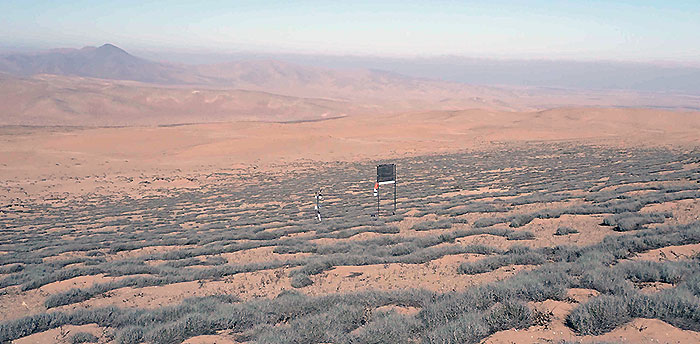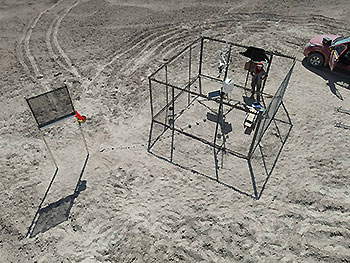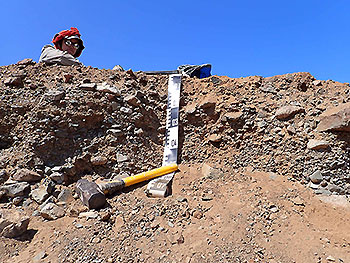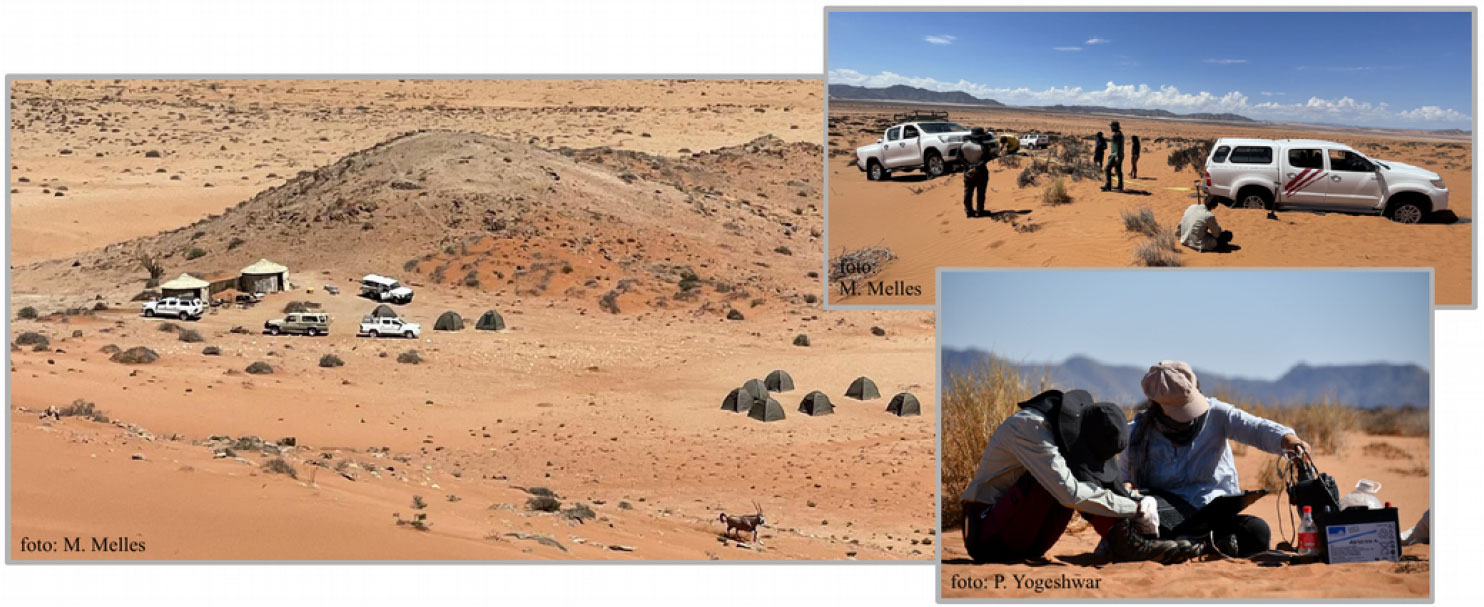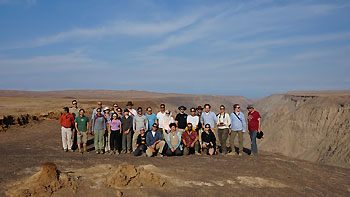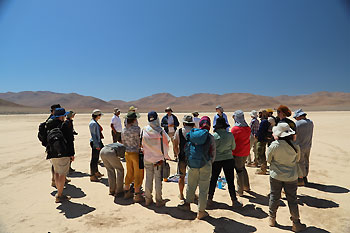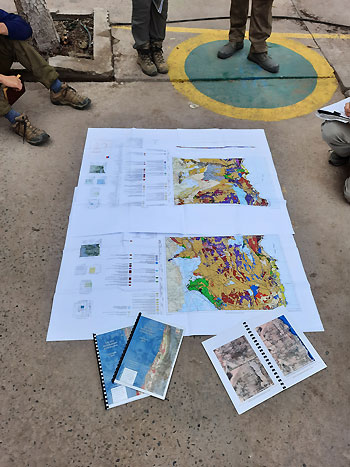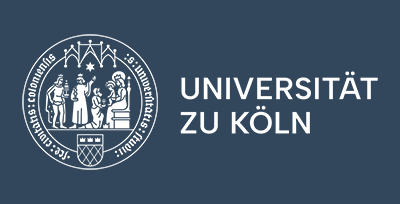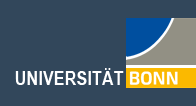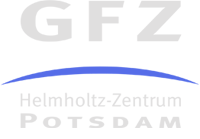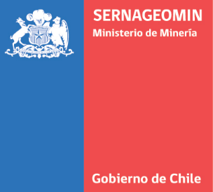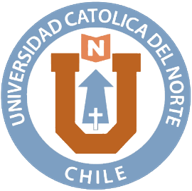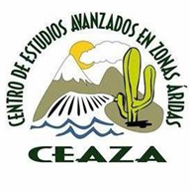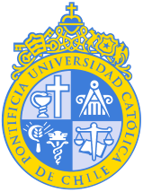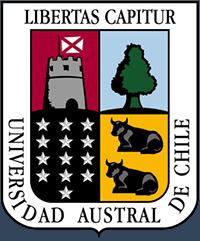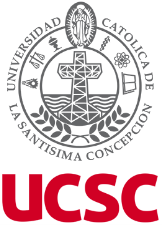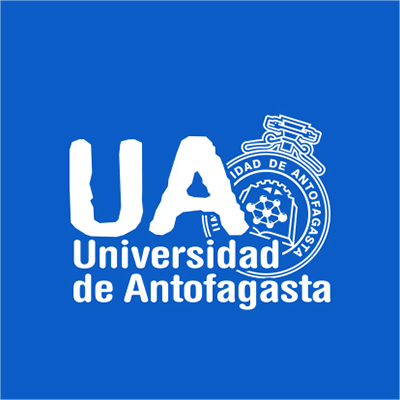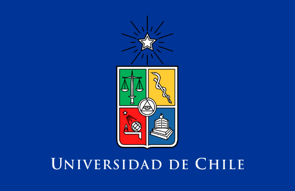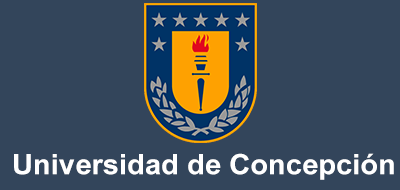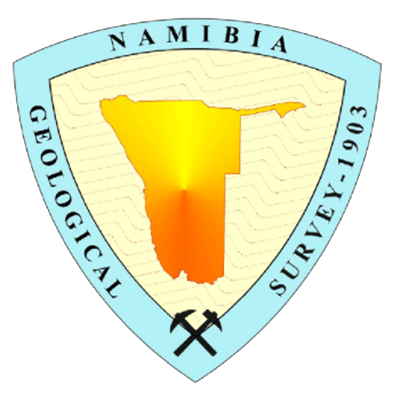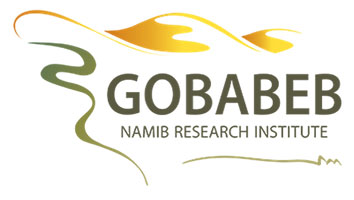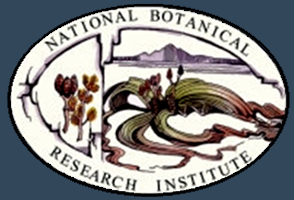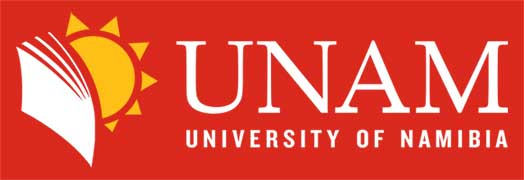In March 2022, a mixed group of scientists from all CRC1211 projects, covering biology, geology, geography, conducted a 10-day introduction field excursion guided by Prof. Tibor Dunai, Prof. Dietmar Quandt, Dr. Benedikt Ritter and Dr. Damian Lopez to the Atacama Desert. For many scientists working in the CRC1211, this was the first time in the Atacama Desert. Earlier plans were unfortunately prevented by the pandemic.
The group with the majority being young researchers (PhDs and PostDocs) visited all three major focus sites of the CRC and experienced the gradual change of aridity through several transects. The itinerary of the excursion allowed participants to experience changes in landscape, soils and biology in relation to altitude and increasing aridity. The intertwining interaction of all scientific branches of the CRC1211 led to lively discussions in the field and close collaborations of all fields within an interdisciplinary approach. The participants experienced first-hand how hyperaridity feels, and what it means for life and of geological processes in the Atacama Desert.
Author: B.Ritter
|
Fig 1: Group Image of all participants at the Rio Loa Canyon.
Photo: Christian Tiede
|
|
Fig 2: Introduction to the Paranal clay pan in the southern focus area and the deep drilling campaign by Damian Lopez.
Photo: Benedikt Ritter
|
|
Fig 3: Highest point of our elevation transect in the Atacama Desert at the Salar de Huasco ~4200masl.
Photo: Benedikt Ritter
|
|
Fig 4: Morning Routine – Detailed briefing and introduction of the upcoming field day by Benni Ritter.
Photo: Benedikt Ritter
|
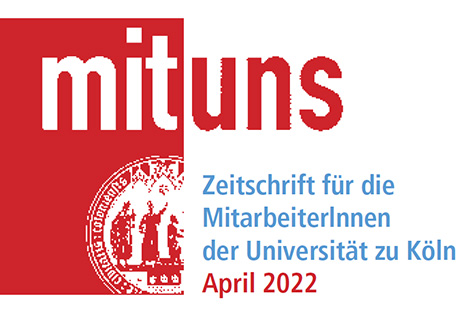 Wie das Meer die Wüste formte
Wie das Meer die Wüste formte 


